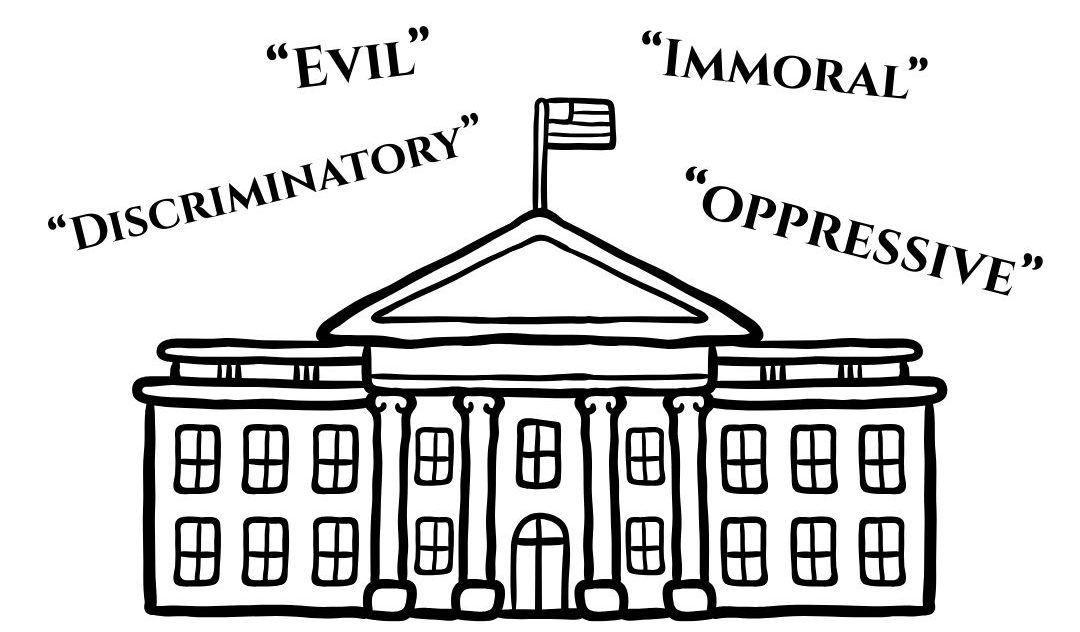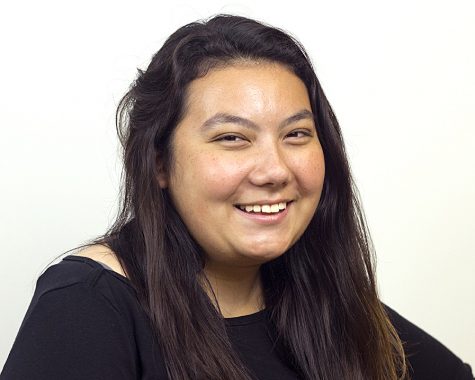Academic Programs look to re-evaluate
September 5, 2017
Various academic programs are looking at ways to enhance their efficiency and increase visibility in the wake of the vitalization project.
Last year, Workgroup no.7, assigned to analyze academic programs during the project, sorted their recommendations for these programs into four categories.
The four categories were 1.1-recommendations for programs or services to continue with increased resources; 1.2-programs that are stable; 1.3- recommendations for programs to develop a plan to enhance operational efficiency and 1.4-recommendations for programs to be deleted or consolidated.
This eventually led to Africana Studies being eliminated during a Board of Trustees meeting last year, along with adult and community education, though this program had already been put on hiatus.
In a vitalization project update recently posted to the project’s website, it was revealed that ten programs were moved from category 1.3 to 1.2- the stable category.
Provost Jay Gatrell said when he arrived on campus during the summer, Eastern President David Glassman asked him to work with deans of the colleges to review the recommendations of Workgroup no. 7 and each programs’ classifications.
With the deans, Gatrell identified some programs they were “really committed to” that were then reviewed by the president’s council, which worked with the deans to identify programs they thought could be reassigned to the “stable” category.
These programs were the bachelor’s in
- chemistry
- clinical lab science
- engineering co-op
- history
- science with a teacher certification
- social science teaching
- special education
and the master’s in
- college students affairs
- counseling
- and educational leadership.
According to the vitalization project website, the programs that were reassigned were deemed to be “mission-centered, consistent with the program array of regional comprehensive institutions, have limited administrative costs, have curricula that embedded in other programs, and/or are critical to the recruitment of high performing first-time full-time students.”
These programs have also already taken innovation initiatives that are ongoing, Gatrell said.
Academic programs that remain in Category 1.3— Enhanced Operational Efficiency are expected to undertake initiatives for improvement as well.
Per the vitalization website, these could include anything from curriculum redesigns, alternate modes of delivery and revised staffing plans, all to take place no later than December 2018.
Gatrell said some options for departments could mean course rotations, having some classes going online and programs looking at the frequency of offering upper-division electives.
“All of these decisions are going to be faculty-based,” he said. “Every program will have its own unique pathway- there’s no magic sort of solution.”
Glassman said these discussions will be with the deans and provost, and not himself.
“It’s kind of a introspection for these departments to look to see ‘How are we teaching our program?’ ‘Are there changes in curriculum that we need to do or not?’ ‘How do we best use our faculty to maximize the best learning experience for our students?’ and ‘How are we scheduling our classes to make sure we are not competing with ourselves?’” Glassman said.
Glassman said his vision, relative to the university, is to be able to provide all learners who are interested in an Eastern education to have a vehicle to do so.
“We want (students) to have a great education, but we want them to be ready to compete with others for professional positions to be as competitive as possible,” Glassman said.
However, he said it is entirely up to each program to decide what options they choose to do.
“This is organic,” Glassman said. “This comes from the departments themselves, from the faculty, from the chairs of these departments.”
Gatrell said he expects programs will continue to work on themselves even past December 2018, with the chance for them to be reassigned to other categories in the future.
In one program assigned to category 1.3, theatre arts, chair J. Kevin Doolen said the department implemented a newly revised curriculum two years ago and is continuing to review the curriculum on an ongoing basis.
“Primarily we will consider courses that have not been offered recently in order to streamline,” he said. “We will also reconsider the frequency of offer and the number of upper division specialty courses.”
However, because the process will take at least a semester to consider, Doolen said he cannot project with any accuracy beyond that point.
Since last fall, the art department, another program in this category, has been working to enhance its operational efficiency, through measures such as opening its graphic design minor to all majors, a name change to the Department of Art and Design and a shift in focus to recruiting students. The studio art minor has also been redesigned to be more accessible to students by reducing the amount of hours required for it, said chair of the art department Chris Kahler.
“I think way we approached it is, is that it’s been awhile since we’ve looked at some of the majors and how they change with needs,” Kahler said. “One of the hardest things about any kind of program is making sure that what we’re offering and how we’re offering it is up to date.”
Ideas like these go through a curriculum committee, made up of representatives from the art department. Once it passes through there, it is then shared with the art and design faculty as a whole, then the College of Arts and Humanities, then the university.
“We have been trying to figure out ways as a department to involve more students throughout the university so we’re not so insulated,” Kahler said.
Kahler said the department is trying to become more visible as well with these changes.
Without a lot of money, marketing had been limited, though the department is doing the best it can with what it has, Kahler said.
Ever since they noticed that there have not been as many students on campus about three years ago, Kahler said faculty have been involved in one way or another to recruit, including with a recruitment committee reaching out to local and regional high schools.
“We as a department looking at all new strategies, all new opportunities,” Kahler said.
Still, the department is always looking at ways to revise parts of the program, including some of the bachelor’s degrees in the future.
“We’re not going to stop; everything keeps getting refined a little,” Kahler said. “There’s always room for improvement.”
The biggest challenge the department faces in this is a loss of faculty members, he said.
“The university’s trying so hard to correct the teacher/student ratio; our problem is we keep shrinking,” Kahler said.
After they lost one art history professor to an illness last year, that position did not come back, Kahler said, and when people retire they are being replaced by adjunct faculty.
“That’s totally understandable in lean times; we anticipate more growth and with that growth we’ll have to make adjustments,” Kahler said. “I can’t predict (what will happen); I can only hope we figure out good solutions that will help us.”
Like the art department, the mathematics department, another program assigned to Category 1.3 in the vitalization project, has been re-evaluating classes and how the department works, but these changes were in the making even before vitalization began.
Marshall Lassak, chair of the mathematics and computer science department, said they have been looking at how often courses are offered and how many sections there are.
“We’ve reduced a number of sections, a few of the major courses we now only offer once a year instead of both semesters,” he said.
Other changes include a new computer science major as well as a dual credit partnership with a high school district in the Chicago area serving about 700 students, set to start in the spring.
“Those are our attempts to operate efficiently and also a way to say, look, we have a vision for moving forward,” Lassak said.
Lassak said the idea for a dual credit program did not really come out of vitalization, and the department had already been thinking of having a computer science degree for some time.
By the time vitalization reports came out, the university was in the midst of economic issues, so the department had already been making adjustments.
Though it was “a bit jolting” to have all the programs in the mathematics department in Category 1.3, Lassak said he was not overly worried.
“We’ll always be teaching the math degree; it’s always going to have a good chunk of students who want to do that,” Lassak said.
A change that has been “forced” on the department is the staffing redesign, through a loss of faculty members, both Unit A and B, over previous semesters, who have not been replaced.
“Everyone’s teaching at or beyond their course load; we’re certainly not bored,” Lassak said. “We’ve hit the critical point where we need to start hiring people.”
While the department currently has three computer science faculty members, Lassak said he hopes more will be hired.
Like in the art department, the new ideas in the math department go through faculty first in meetings.
“No one person makes decisions in our department; we kind of vote on it, look at it as a whole,” Lassak said.
Analicia Haynes contributed to this article.
Cassie Buchman can be reached at 581-2812 or cjbuchman@eiu.edu



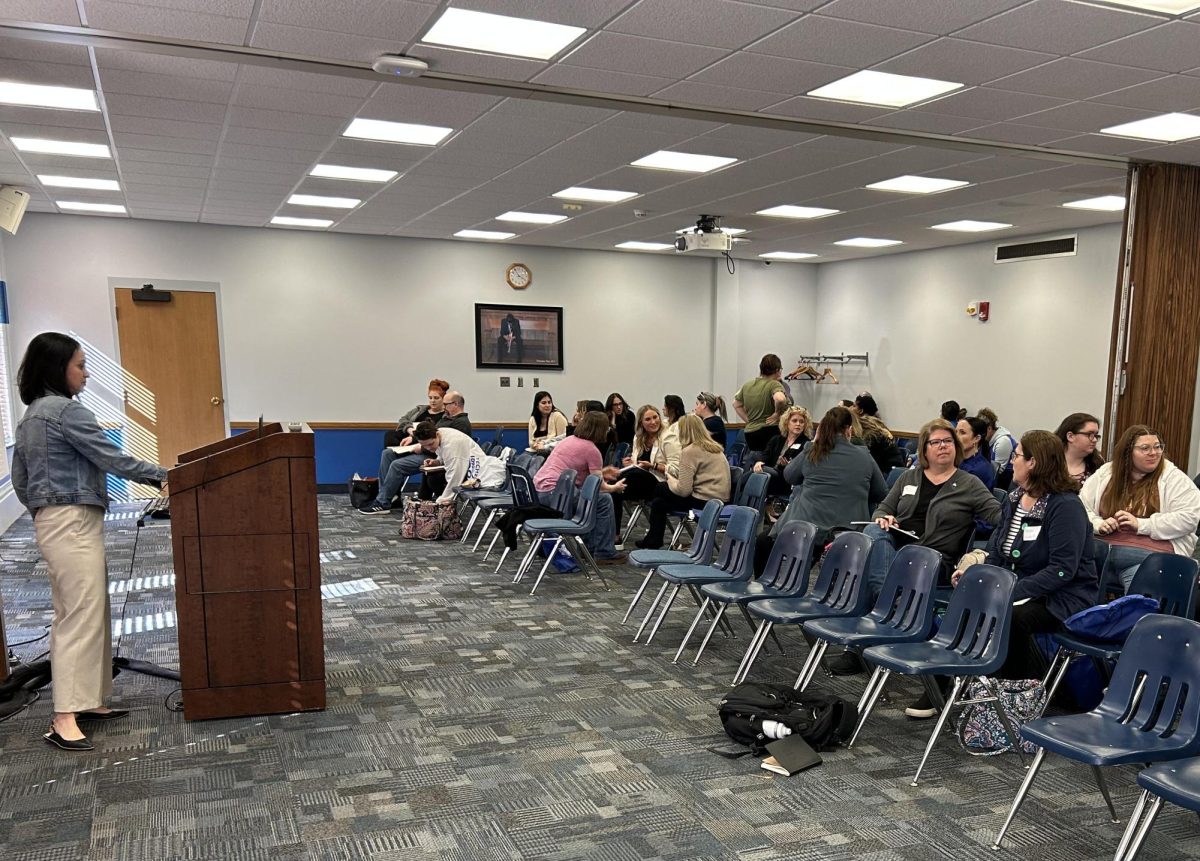

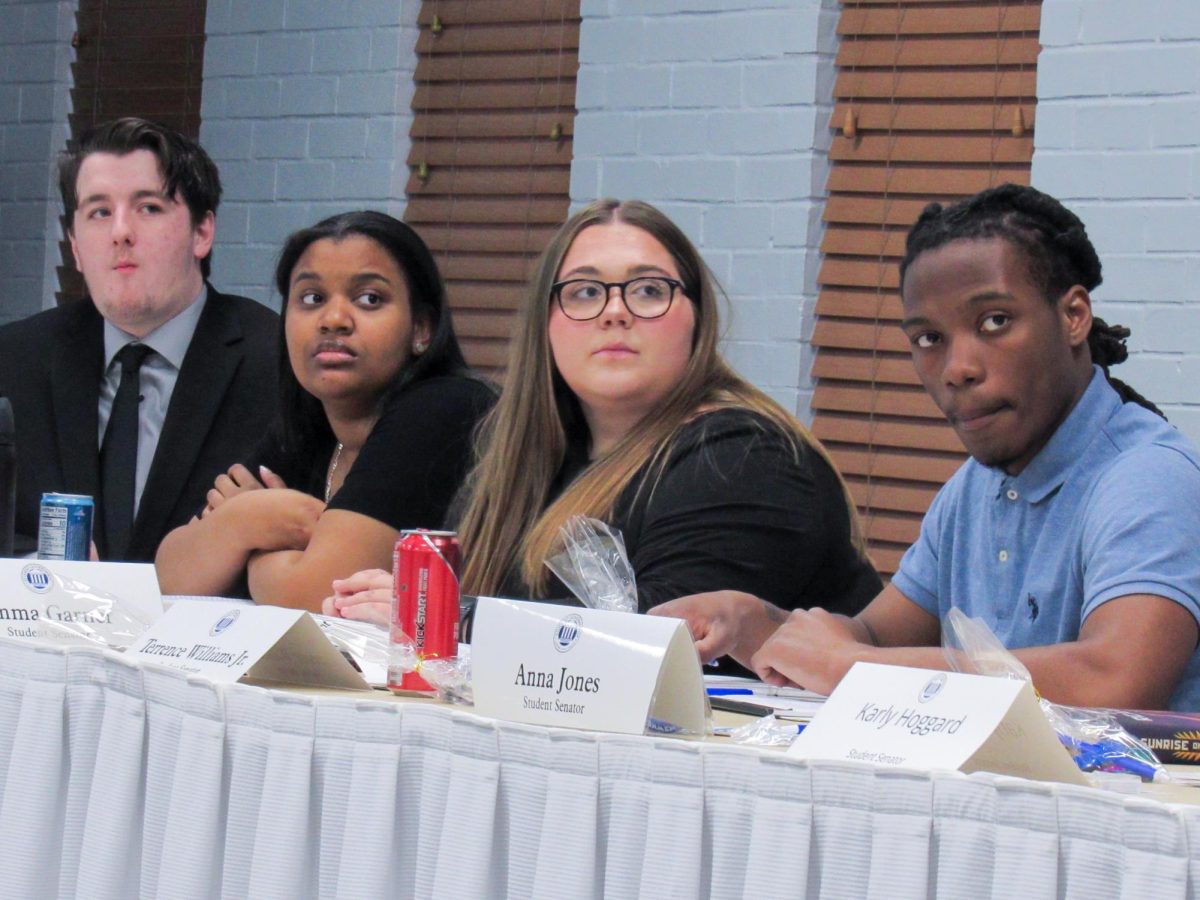




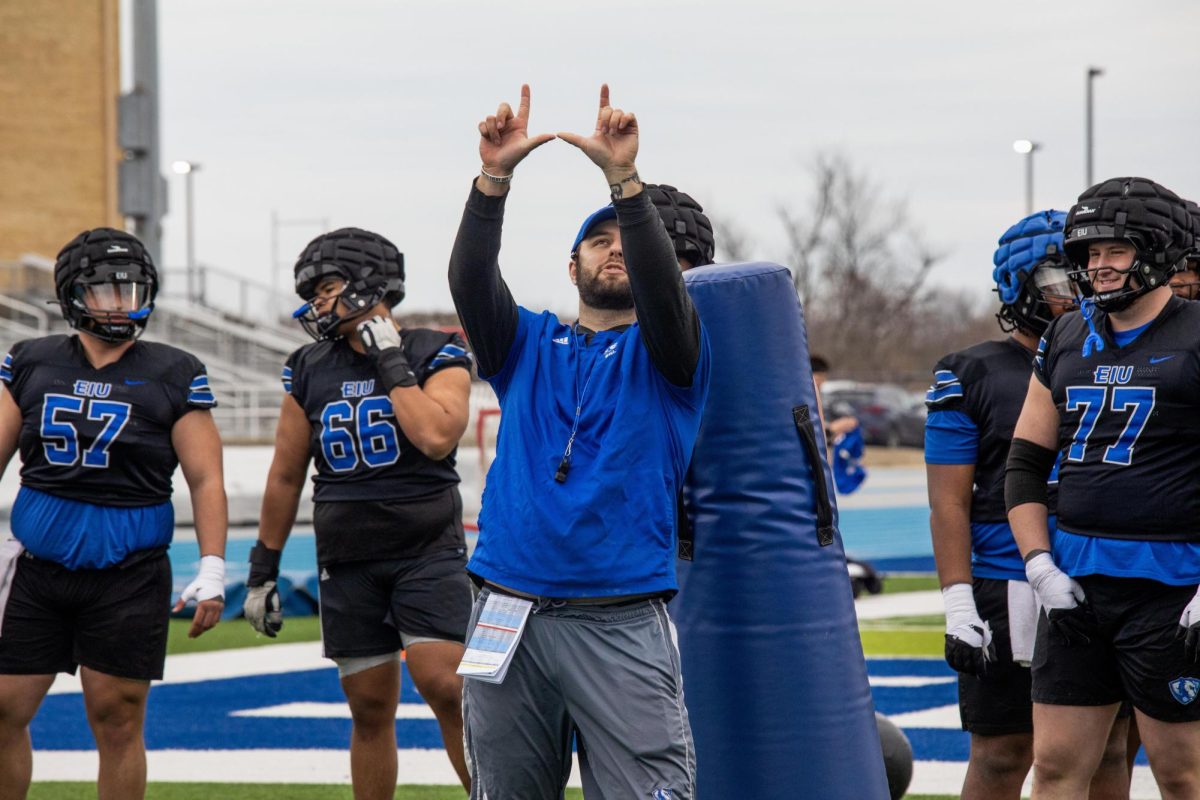

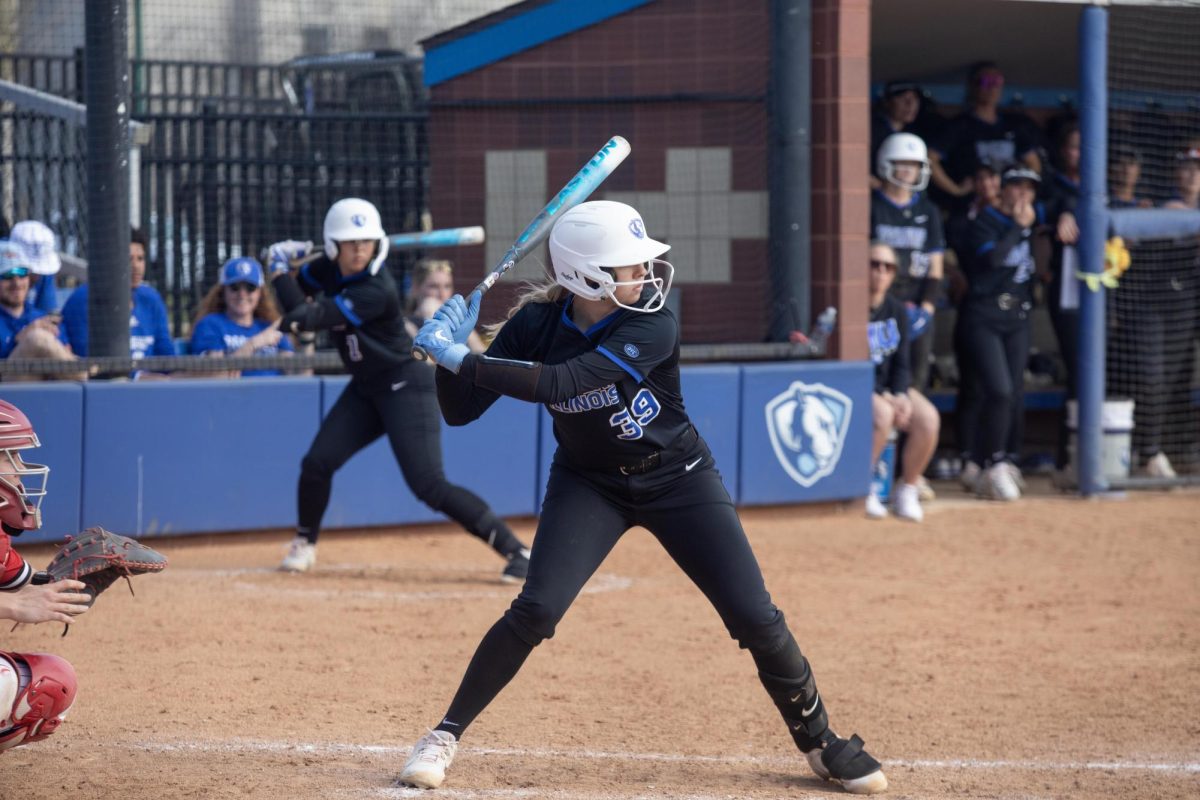
![[Thumbnail Edition] Junior right-handed Pitcher Lukas Touma catches at the game against Bradley University Tuesday](https://www.dailyeasternnews.com/wp-content/uploads/2025/03/MBSN_14_O-e1743293284377-1200x670.jpg)
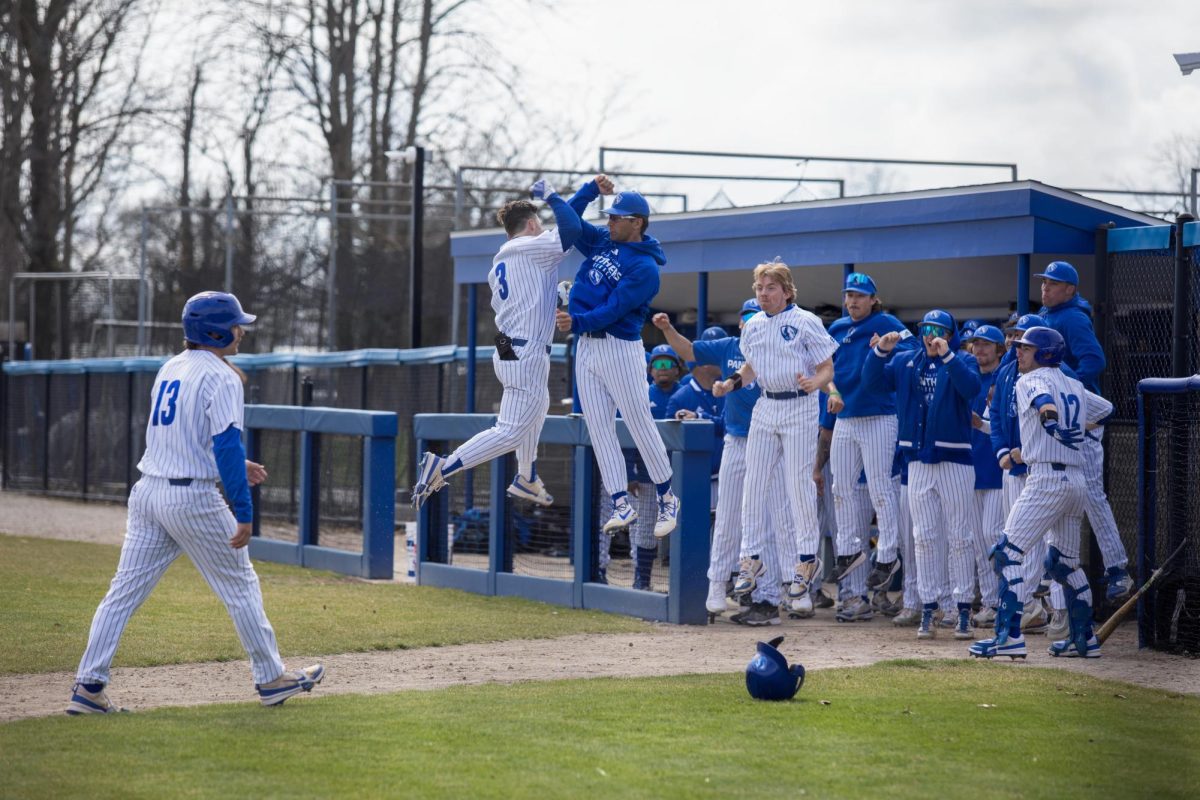
![[Thumbnail Edition] Senior Foward Macy McGlone, getsw the ball and gets the point during the first half of the game aginst Western Illinois University,, Eastern Illinois University Lost to Western Illinois University Thursday March 6 20205, 78-75 EIU lost making it the end of their season](https://www.dailyeasternnews.com/wp-content/uploads/2025/03/WBB_OVC_03_O-1-e1743361637111-1200x614.jpg)





















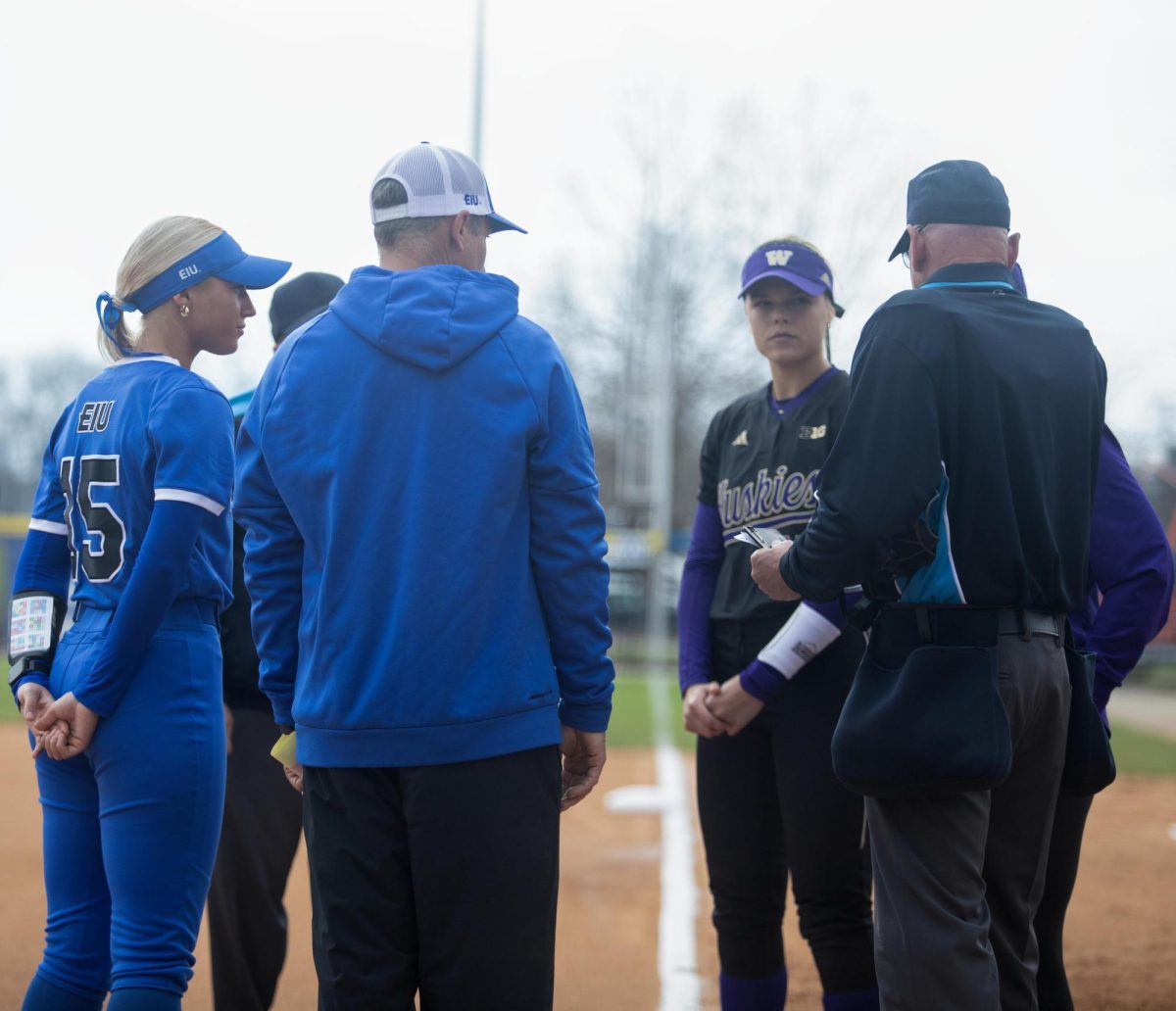
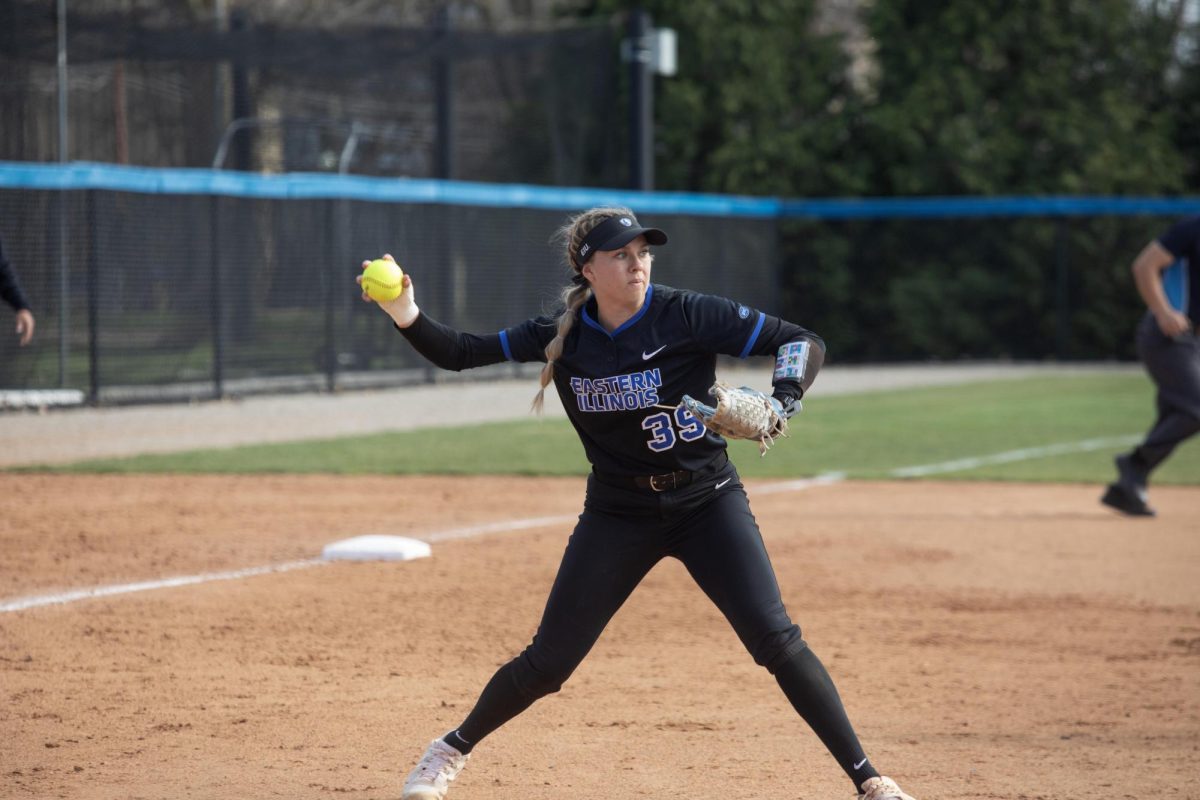















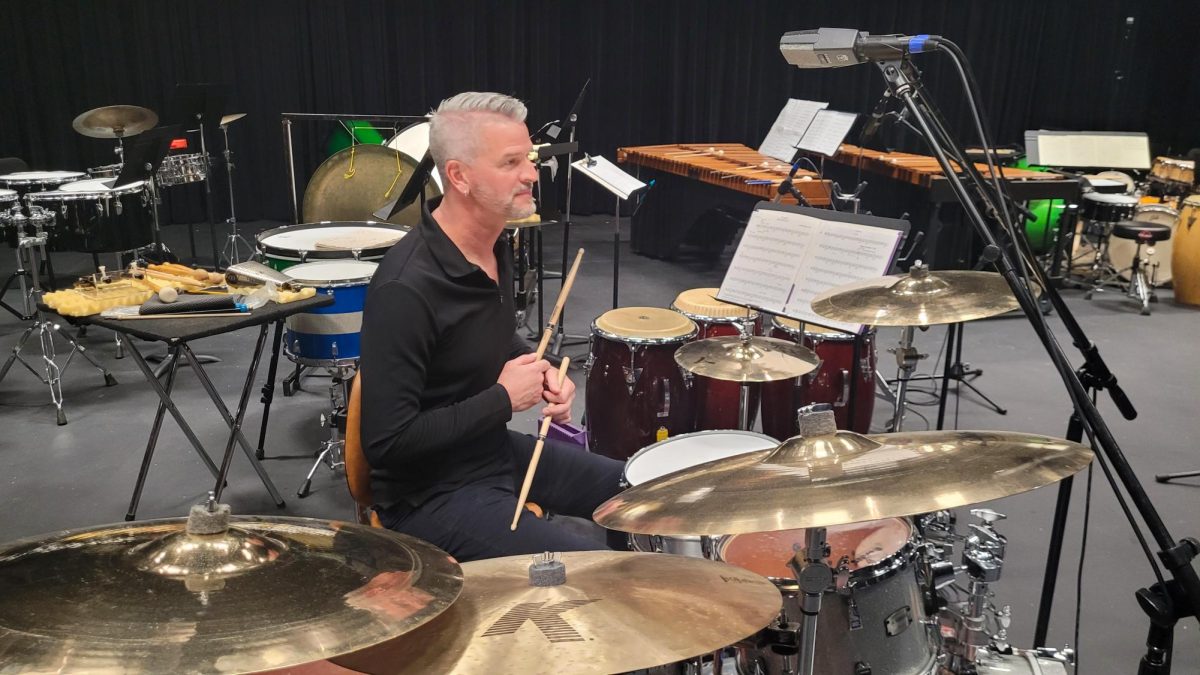
![The Weeklings lead guitarist John Merjave [Left] and guitarist Bob Burger [Right] perform "I Am the Walrus" at The Weeklings Beatles Bash concert in the Dvorak Concert Hall on Saturday.](https://www.dailyeasternnews.com/wp-content/uploads/2025/03/WL_01_O-1200x900.jpg)
![The team listens as its captain Patience Cox [Number 25] lectures to them about what's appropriate to talk about through practice during "The Wolves" on Thursday, March 6, in the Black Box Theatre in the Doudna Fine Arts Center in Charleston, Ill.](https://www.dailyeasternnews.com/wp-content/uploads/2025/03/WolvesPre-12-1200x800.jpg)

